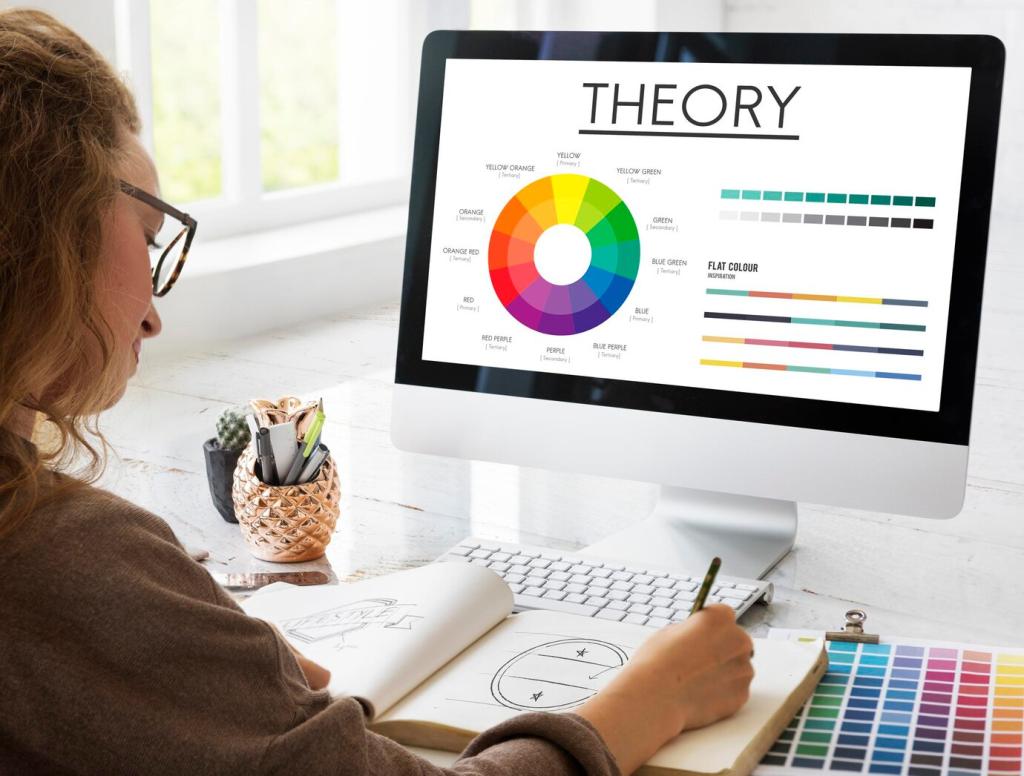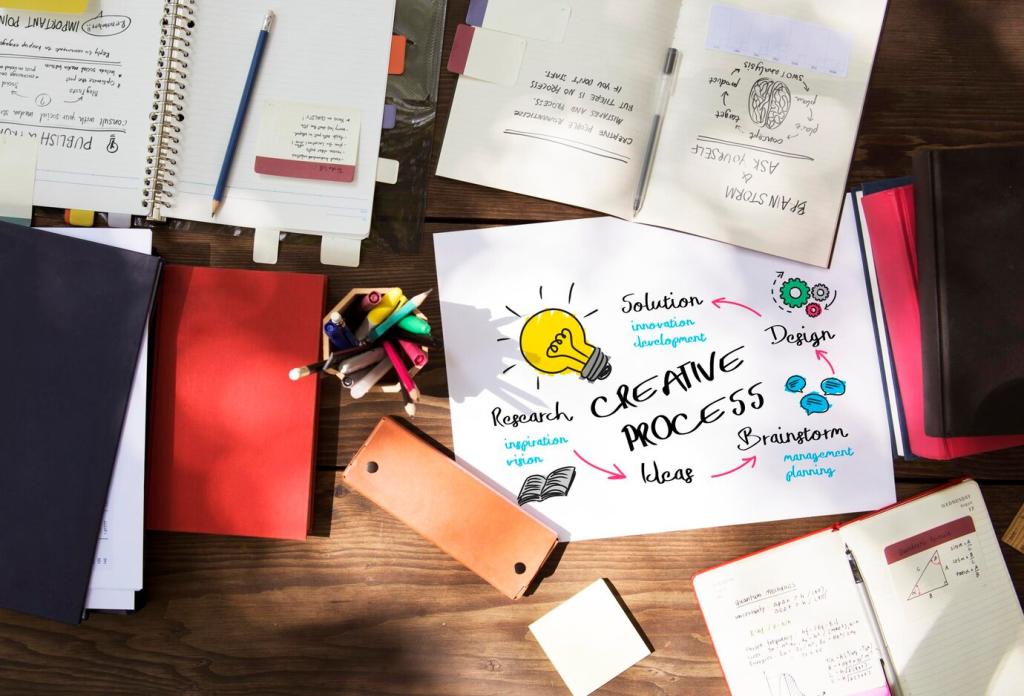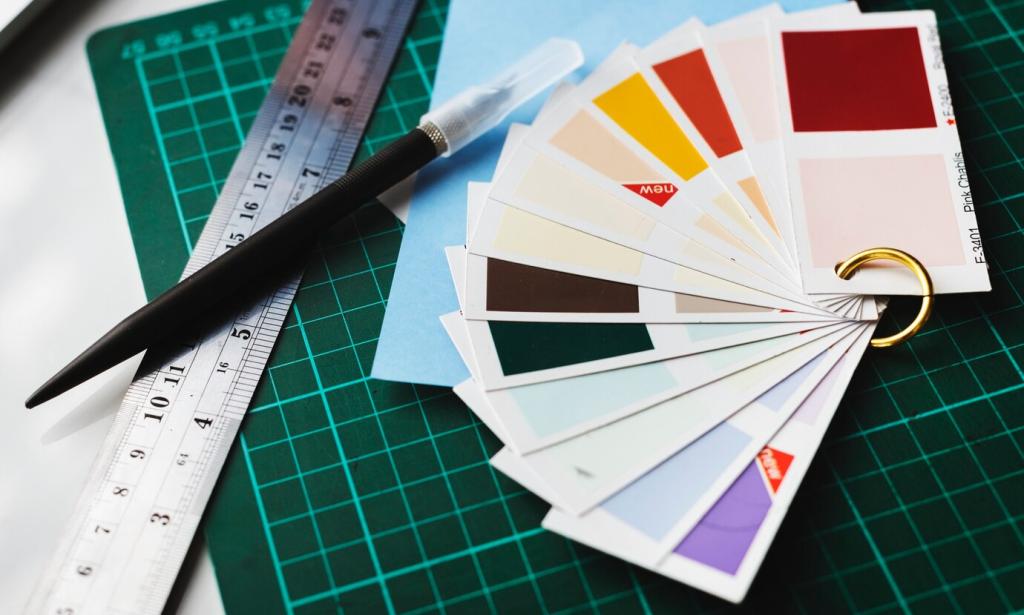Mistake 5: Ignoring SEO That Still Sounds Human
Clients search feelings and locations: “calming bedroom design,” “modern kitchen remodel Austin,” “small-space storage ideas.” Weave these phrases into headlines, image alt text, and meta descriptions. Keep sentences readable, and let keywords feel like conversation.
Mistake 5: Ignoring SEO That Still Sounds Human
H1 for the big promise, H2s for room-like sections, short paragraphs for air. Internal links are hallways connecting pages. A clear structure helps algorithms understand context and helps readers move through your content without getting lost.






